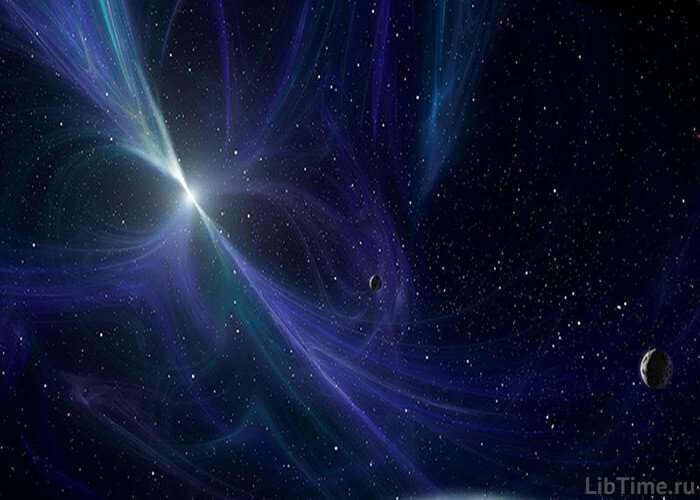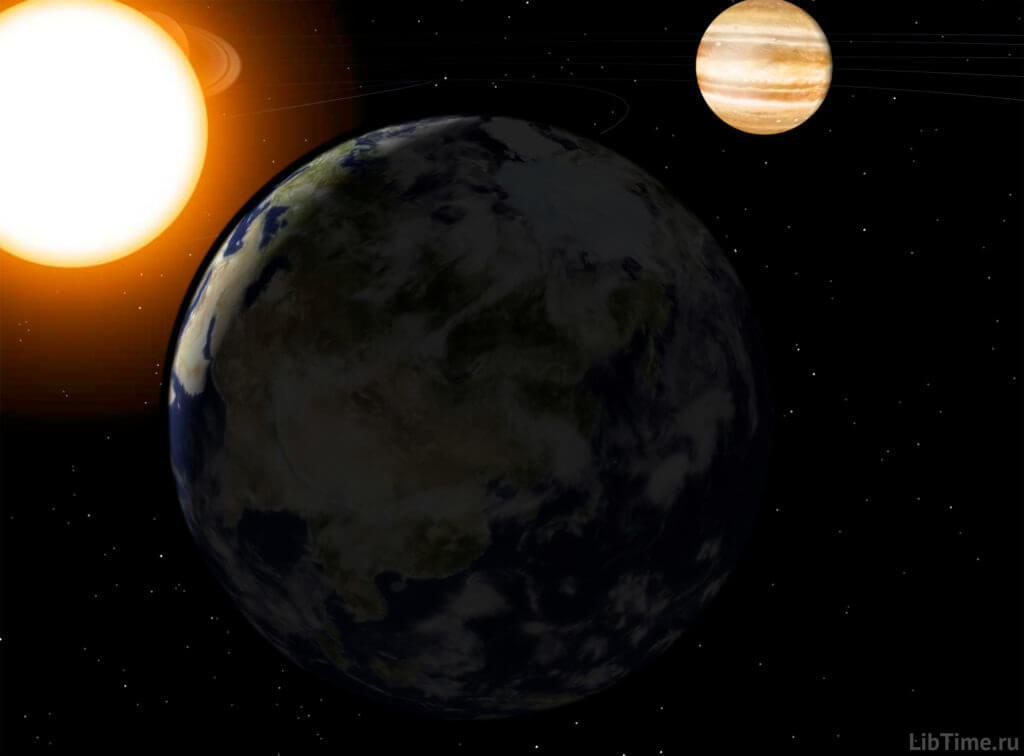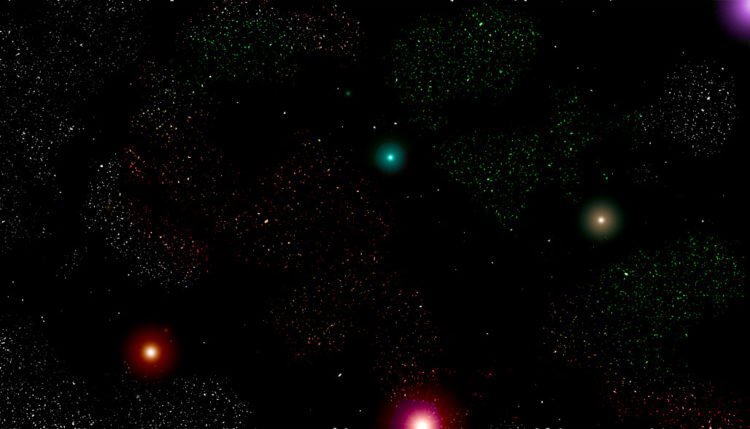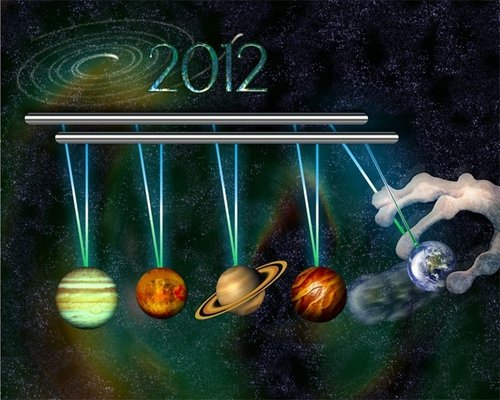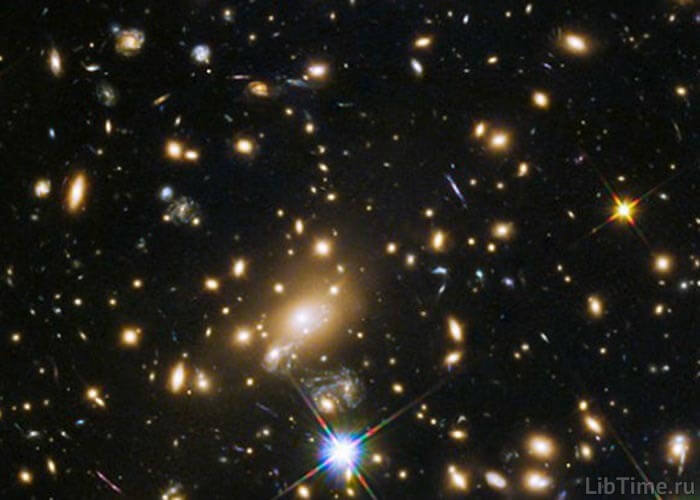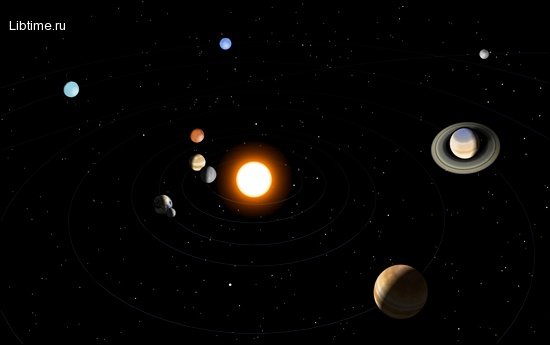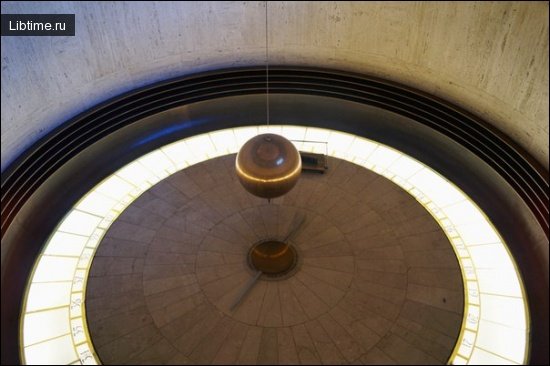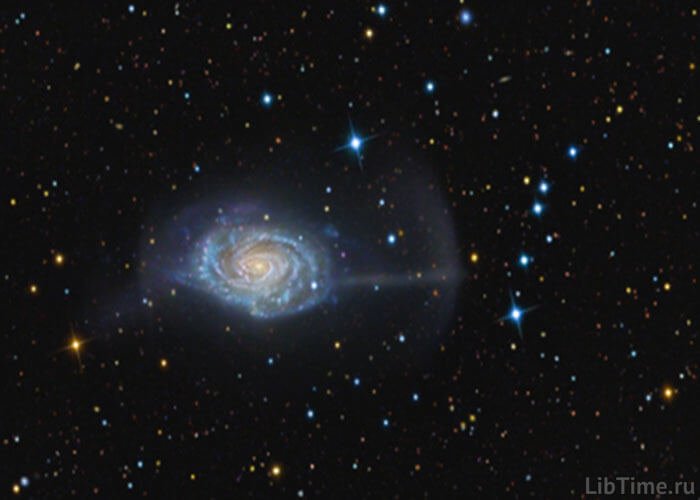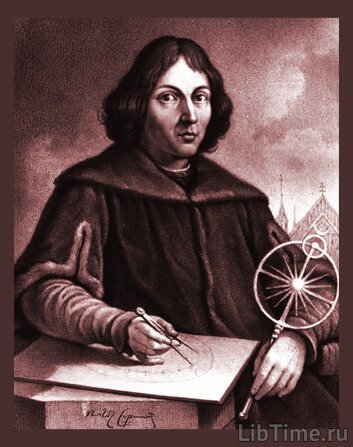Explore the fascinating realm of star transformations as we delve into the predicted existence of neutron star pulsars by Academician L.A. Landau in 1932. Discover how stars evolve into white dwarfs or neutron stars, and the intriguing concept of black holes resulting from stellar collapse. Join us on a journey through the universe as we uncover the groundbreaking theories of Academician Ya. Zeldovich and the ongoing quest to explore neutron stars beyond the limitations of ground-based observatories. […]
Astronomy
Earth's motion in orbit around the Sun
AstronomyDiscover the fascinating movements of the Earth as it rotates around its axis and orbits the Sun. While it may appear stationary to us, the Earth is in constant motion, similar to a ship anchored in a roadstead. Learn more about the Earth's rotation around the Sun and gain a new perspective on our planet's dynamic movements. […]
The life of stars in the universe
AstronomyFor several hundred years, which have passed since the invention of the telescope, scientists observing the life of stars in the Universe, see all the time virtually the same picture: the stars have hardly moved from their places. The extinguishing ones have not had time to go out, the igniting ones have not had time to flare up. The counting of time for stars is measured by quite different magnitudes than for man and mankind. Hundreds of millions, billions of years - these are the appropriate scales on which to measure stretches of stellar history. Snapshots of the starry sky, separated by tens or even hundreds of years, are to an earthly observer what it is to a Martian studying the history of mankind by crowd photographs taken at intervals of a millionth of a year. […]
A parade of planets has sparked a heated debate over the possibility of the world coming to an end. This astronomical phenomenon involves several planets aligning in the sky, with the potential to darken the sun or moon. Learn about the minor and major parades of planets, including the rare Grand Parade featuring most planets in the solar system. Discover why the planetary parade on December 21, 2012, caused such a commotion as planets from other systems joined the procession. […]
Relict radiation from the universe
AstronomyExplore the fascinating history behind the accidental discovery of relic radiation in the electromagnetic spectrum. In 1964, Arno Penzias and Robert Wilson stumbled upon this phenomenon while working on a communication system using an artificial Earth satellite. Learn how this groundbreaking discovery unfolded and the implications it had on our understanding of the universe. […]
The stars and planets of the universe
AstronomyDiscover the mesmerizing beauty of the stars and planets that adorn the night sky. The planets, known as 'wandering stars' by the ancient Greeks, stand out with their bright shine against the backdrop of the seemingly stationary stars. Unlike stars, planets orbit the Sun and reflect its light, showcasing their unique characteristics. Join us on a journey to learn more about the planets and comets that grace the universe with their presence. […]
The movement of the solar system
AstronomyThe Earth and other planets move around the Sun, but it does not stand still in space. The movement of the solar system occurs in the boundless expanse of the Universe. Without stopping anywhere, the Sun is carried along its galactic orbit at a speed of 270 kilometers per second, continuously approaching the constellation of Lyra. Join us as we delve into the fascinating dynamics of the Sun's speed and the Earth's position in the vastness of the universe. […]
Evidence of the Earth's rotation
AstronomyDiscover how the French physicist Foucault's pendulum experiment in the Paris Pantheon in 1851 provided a striking proof of the Earth's rotation around its axis. Explore the simple construction of the pendulum device and how it demonstrates the intriguing properties of oscillation and maintaining the plane of motion. Uncover the fascinating insights into physics and the Earth's movements through this historical experiment. […]
Learn about the fascinating discovery of quasars in the early 1960s by M. Schmidt and Australian astronomer Cyril Hazard. Quasars, initially mistaken for stars, turned out to be distant galaxies emitting powerful radio waves. Explore how Soviet and American scientists observed the unique behavior of these 'winking' galaxies, revolutionizing our understanding of the universe. […]
The first hypotheses about the existence of the universe
AstronomyExplore how the cognition of the world around us evolved through the groundbreaking discoveries of Nicolaus Copernicus. Learn about the revolutionary shift in understanding the universe, as Copernicus challenged the geocentric model and proposed a heliocentric view. Delve into the implications of Copernicus' work on science and society, and the conflicts it sparked with the Catholic Church. Discover the journey of scientific exploration that laid the foundation for our modern understanding of the cosmos. […]
